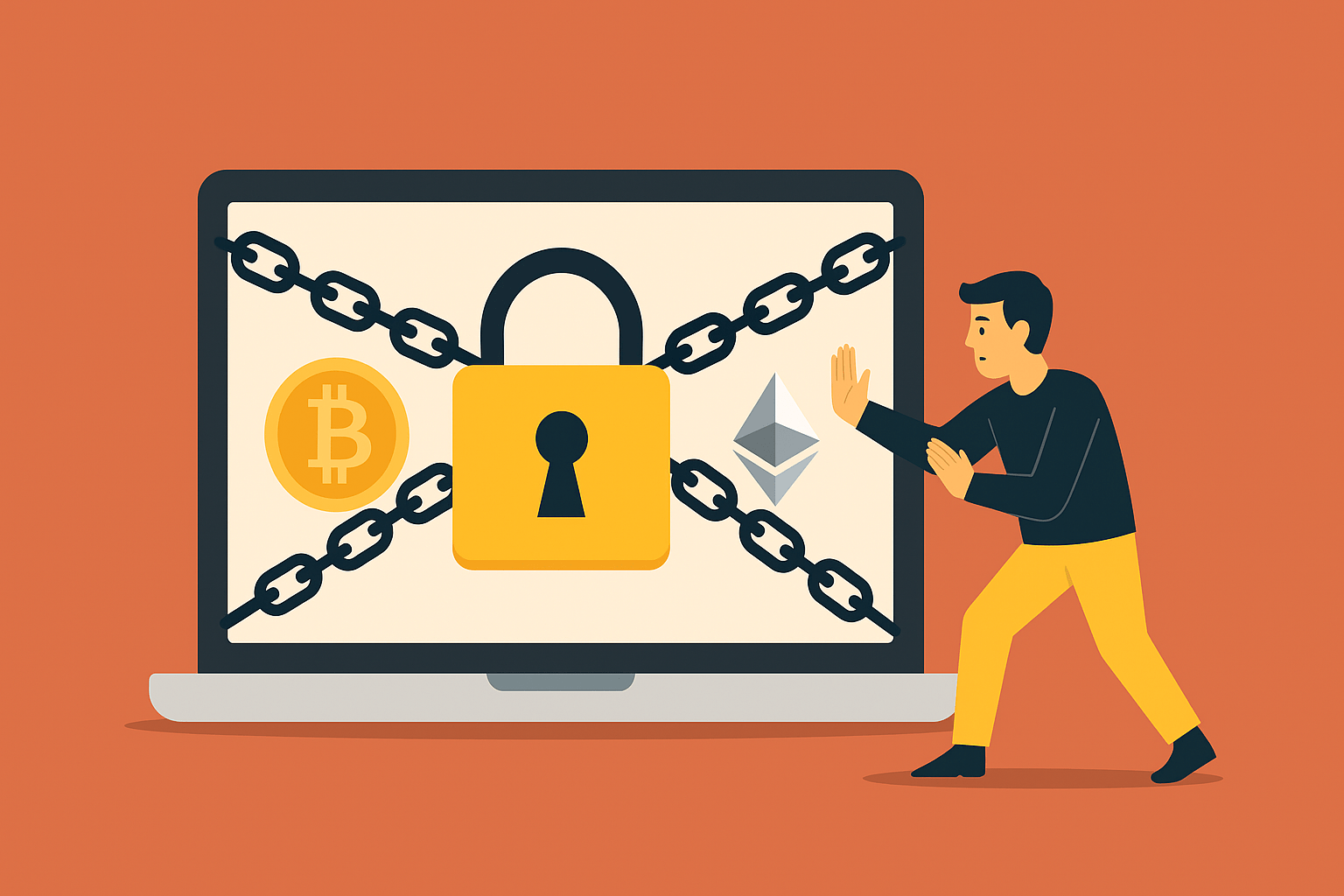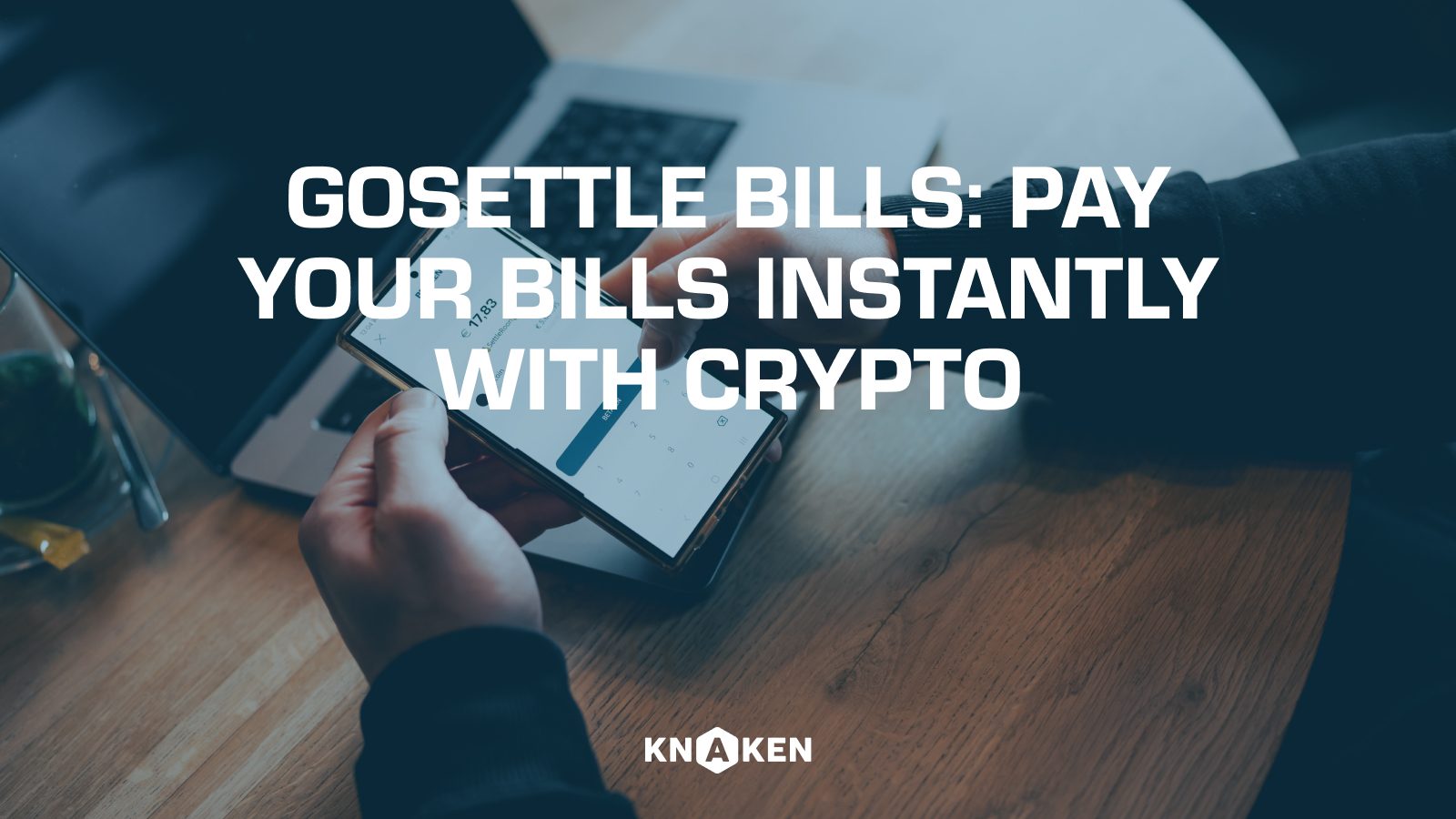Phishing Attack in Cryptocurrency
Understanding Phishing Attacks
Phishing attacks are a prevalent form of cybercrime that targets individuals and organizations to exploit sensitive information, particularly in the cryptocurrency domain. This tactic often involves deceitful emails, websites, or messages that appear legitimate but are designed to trick users into revealing private keys, passwords, or recovery phrases critical to their digital assets.
The Mechanics of Phishing Attacks
Phishing attacks exploit human psychology rather than relying solely on technical vulnerabilities. Attackers often create urgency or fear to compel victims into taking hasty actions, such as entering personal information or clicking on malicious links.
- Email Phishing: Fraudulent emails that seem to originate from a trusted source, such as a cryptocurrency wallet provider or exchange, asking users to verify their account details.
- Website Spoofing: Attackers create look-alike websites that mimic legitimate platforms, enticing users to input sensitive information.
- Social Media Phishing: Scams conducted through social media channels, often impersonating well-known figures or organizations in the crypto space.
- SMS Phishing (Smishing): Text messages designed to lure victims into clicking on malicious links or revealing personal information.
Types of Phishing Attacks in Cryptocurrency
In the cryptocurrency landscape, various forms of phishing attacks can be identified:
- Clone Phishing: An attack where a legitimate email from a trusted service is duplicated and sent to users, with altered links leading to a fraudulent site.
- Whaling: Targeting high-profile individuals or executives within organizations to obtain sensitive corporate information.
- Pharming: Redirecting users from legitimate websites to fake ones without their knowledge, often exploiting vulnerabilities in web browsers or DNS servers.
Common Signs of Phishing Attacks
Identifying phishing attempts can be challenging, but several signs can help in spotting these fraudulent activities:
- Suspicious Email Address: Verify the sender’s email domain; phishing attacks often come from addresses that resemble legitimate ones but contain misspellings or extra characters.
- Urgent Language: Phishing messages may create a sense of urgency, prompting immediate action like “Act now!” or “Your account will be suspended!”
- Generic Greetings: Legitimate organizations typically use personalized greetings. Phishing messages often start with generic terms like “Dear Customer.”
- Unusual Attachments or Links: Be cautious of unexpected attachments or links; hover over links to check their true destination before clicking.
Consequences of Phishing Attacks
Victims of phishing attacks can face numerous adverse consequences, including:
- Financial Loss: Users may lose funds directly if attackers access their cryptocurrency wallets or exchange accounts.
- Identity Theft: Personal information obtained can be used for identity theft, resulting in further financial and reputational harm.
- Loss of Trust: Repeated phishing incidents can erode user confidence in legitimate cryptocurrency platforms.
Preventing Phishing Attacks
Taking precautionary measures is essential for mitigating the risk of falling victim to phishing attacks:
- Enable Two-Factor Authentication (2FA): This adds an extra layer of security by requiring a secondary verification method.
- Verify the URL: Always check the URL before entering sensitive information; ensure it begins with “https” and the site is a legitimate one.
- Be Cautious of Public Wi-Fi: Avoid accessing sensitive accounts over unsecured public networks to prevent potential interception of your data.
- Regularly Update Software: Keeping your software up to date can shield you from vulnerabilities that phishing attacks might exploit.
Conclusion
Phishing attacks pose a significant threat in the cryptocurrency environment, targeting both novice and experienced users. By understanding how these attacks operate, recognizing their signs, and implementing preventative measures, individuals can better protect their digital assets from falling into the hands of cybercriminals. Awareness and vigilance are key components in safeguarding against the ever-evolving tactics used by phishing attackers in the crypto space.


















